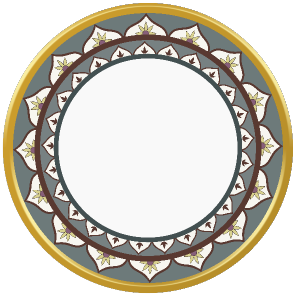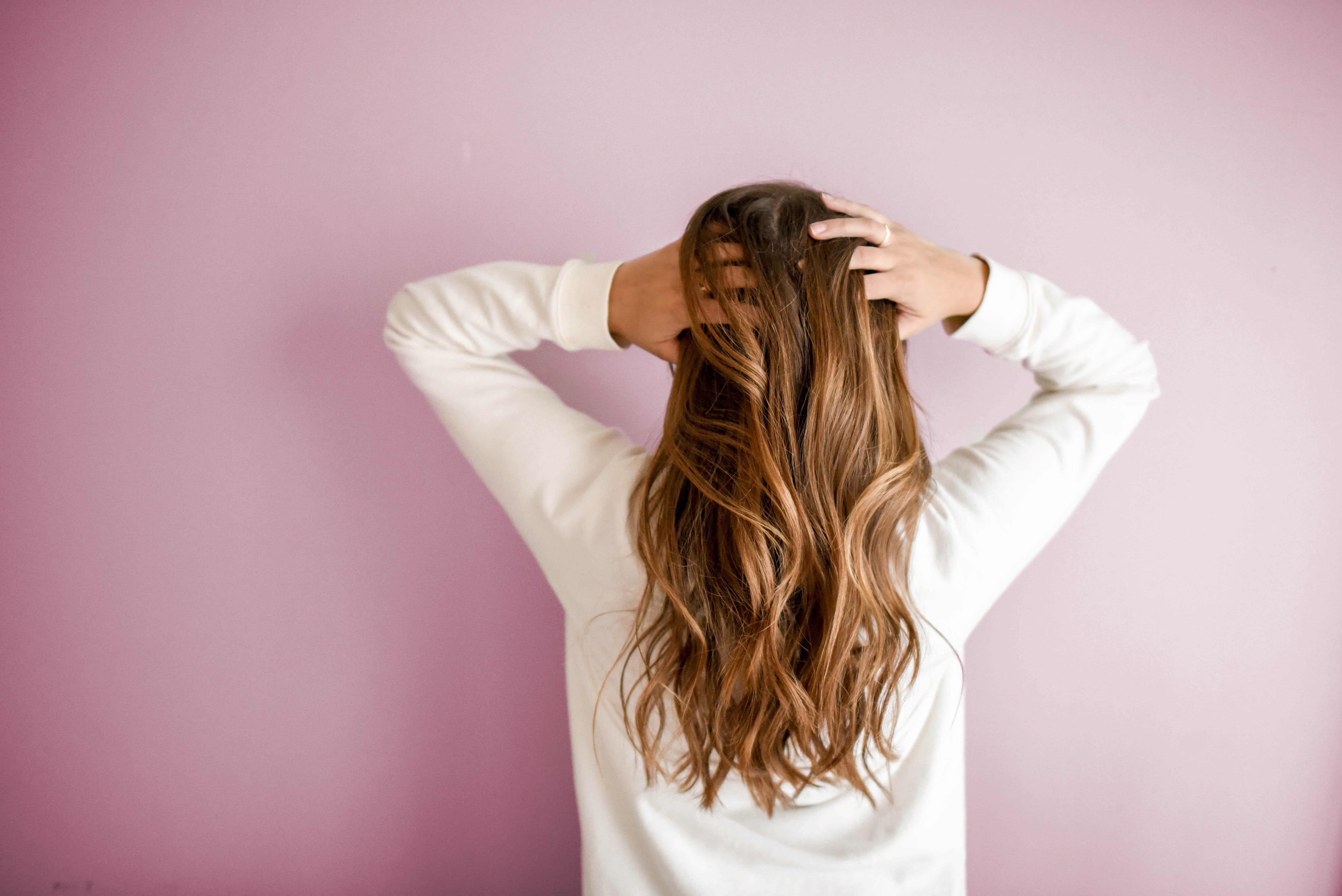How To Care For Your Hair In Winter? Things To Follow To Prevent Hair Damage
Your hair is a "calling card" to the world. Appearances are judged, and your hair is one of the first things that will be noticed about you.
Serum, shampoo, conditioner, and potion – we have tried everything in the hair protection arsenal to keep
winter damage at bay. While products may be important, it is important to keep certain pointers in mind so your hair doesn’t look frozen in winter.
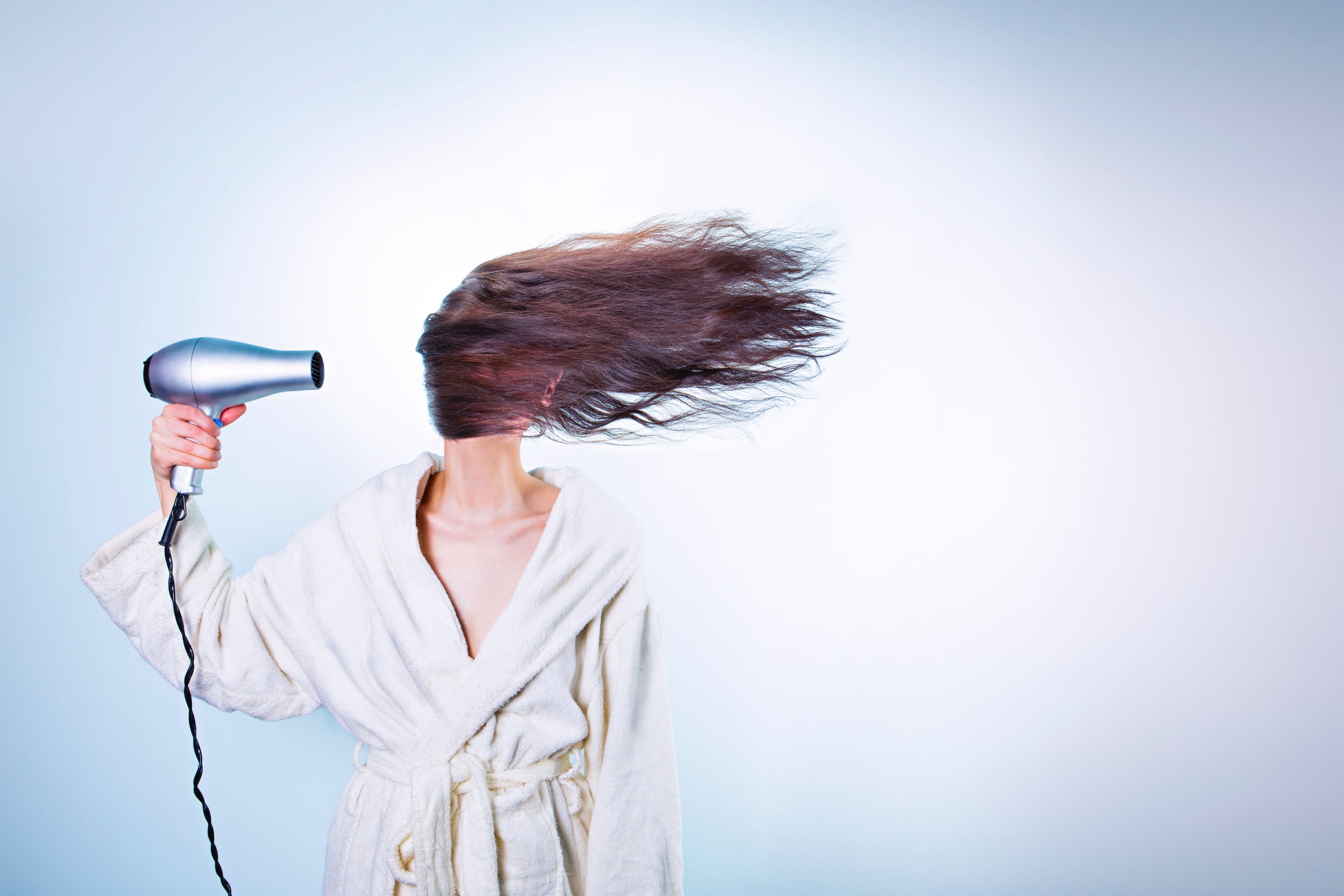
TLC
All that's required to promote hair growth is patience and tender love and care for hair. Oiling is perhaps the easiest way to keep hair happy.
“Hair follicle is nourished by the blood vessels located within the scalp. Warmed oil stimulates blood flow to the hair follicle, moisturizes the scalp and loosens dead skins cells that clog the hair follicles”, says Dr. BL Jangid, leading skin care practitioner. Aromatherapist Dr Blossom Kochchar says,
“Apply a mixture of castor and sweet almond oil on the scalp with cotton and massage using light pressure of fingertips.”
It may be tempting to indulge in a hot shower, but the extreme temperature is a big hazard to your hair.
“Protecting it from heat is most important. Avoid any heating tools. That includes blow drying. If you need to dry hair, use the cool blast option. Use cold water to wash your hair even in winters, if possible. Hot water will rob it of moisture,” advises Anker. Experts also advise regular moisturizing to keep hair healthy.
“The protein in our hair needs to be replenished after the cold weather dries it out. Hair spas are, therefore, a must,” says Anker.
Try some homemade hair masks and conditioning packs too. Hairstylist Adhuna Bhabani Akhtar of b: blunt says,
“A banana blended with a teaspoon of almond oil is a great conditioner. Vitamins A and C present in banana along with Vitamin E of the almond oil leave your hair silky and shiny not to mention extremely moisturized and soft.”
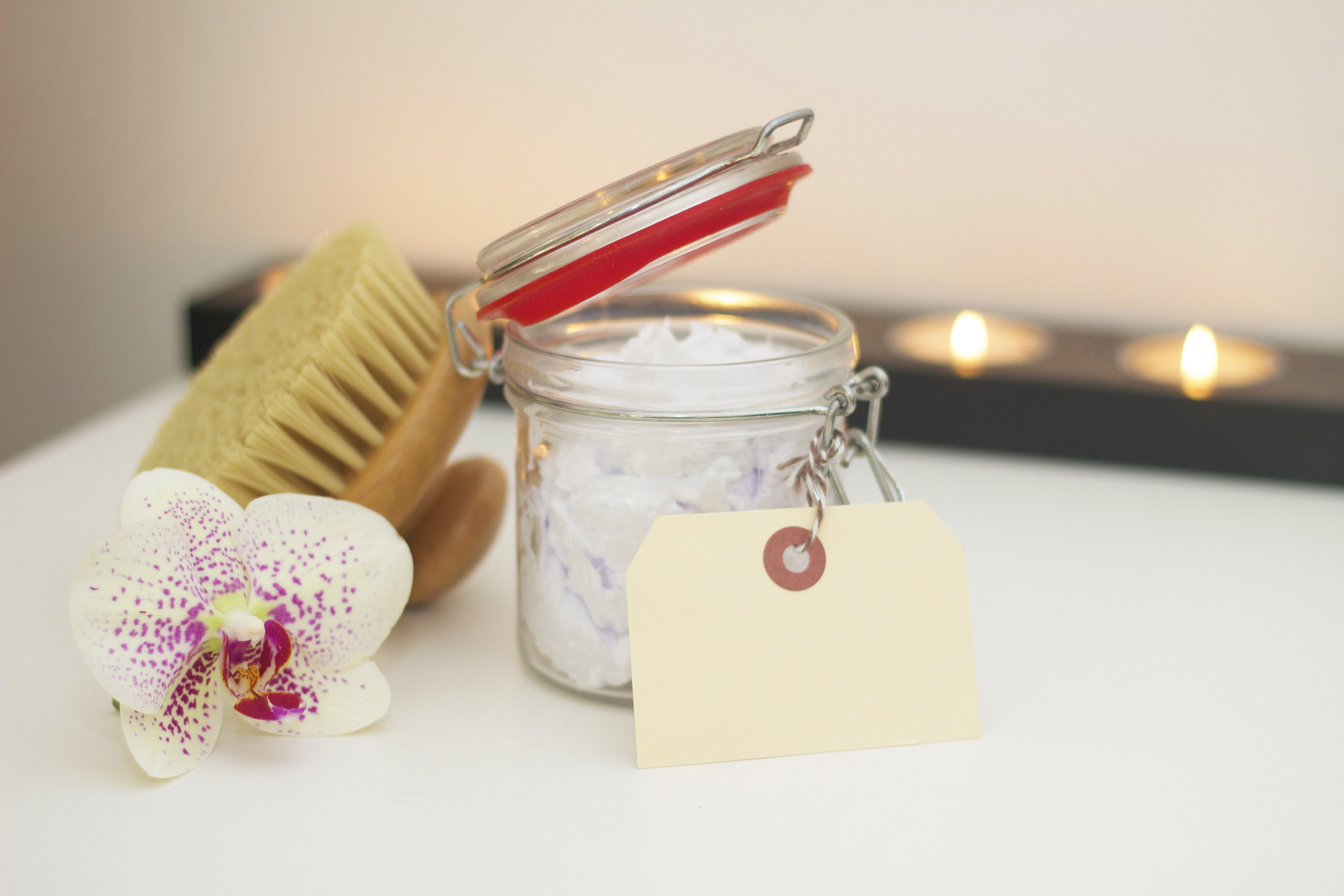
Style right
Wrapping up hair and not leaving them open too often is the best thing you can do to your hair in order to protect it from dryness.
“You may also cover your hair with a scarf as it will allow a little air circulation within the areas surrounding your scalp. This also makes you look stylish and at the same time you can protect your hair,” says Sapna Bhavnani, leading hairstylist.
"Use a wide-toothed hair comb to separate the strands. Remove any tangles with great care. A wooden comb is preferable as plastic combs are known to create frizz due to static,” asserts Rod Anker, Creative Director, Monsoon Salon.
Try to tie your hair loosely and stay away from really tight metallic hair clasps or clips that could tear your hair away from the scalp.
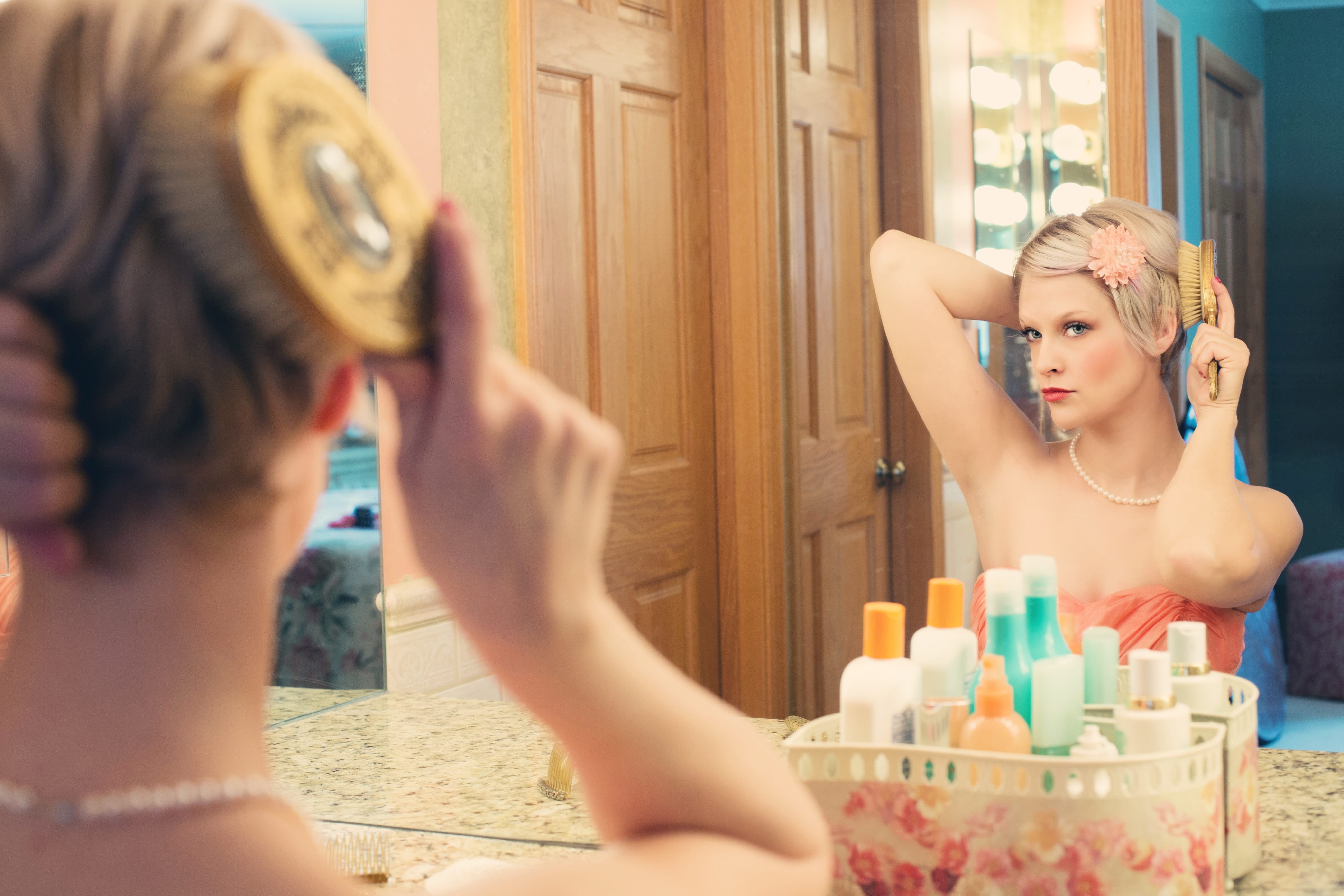
Eat well
It is not just what you put on your hair that makes them look good. What you feed them with matters too.
"Calcium-rich foods like dairy products, yeast, nuts, tofu, beans, and green vegetables help promote hair growth. Nuts like almonds and walnuts are especially good because of their high Vitamin E and Omega 3 content. Walnuts contain alpha-linolenic acid, an omega-3 fatty acid that may help condition your hair. They are also a terrific source of zinc, as are cashews, pecans, and almonds. Oranges promote iron-absorption - which is good for lively bouncy hair," says Dr. Jangid. In addition, protein-rich foods such as chicken, lentils, soya milk also help restructure damaged hair strands.
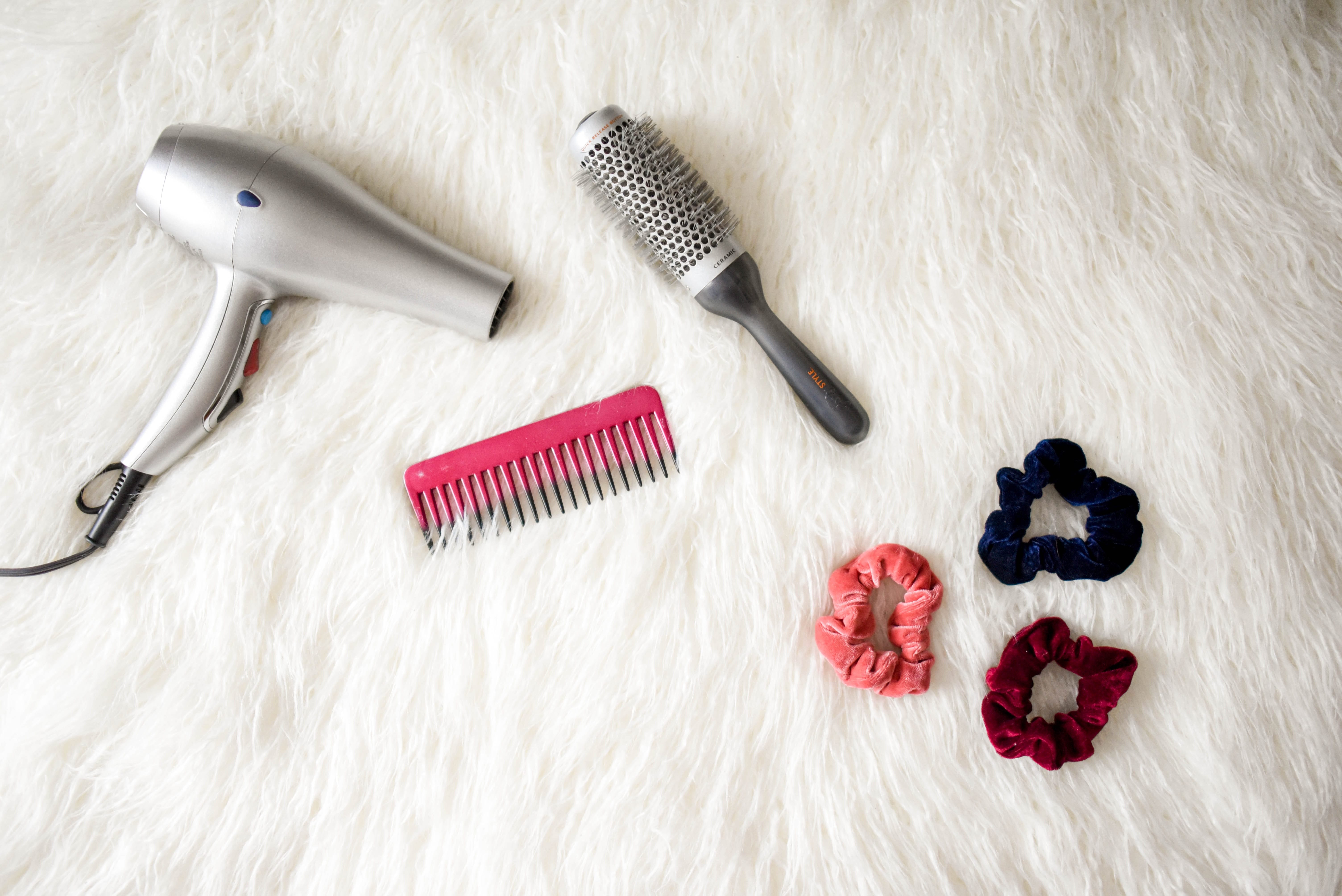
Chemically treated hair
Chemically treated hair needs some extra attention. Whether it is coloured, chemically straightened, or has had texture altered by the use of chemicals. Hair experts also suggest the liberal use of conditioner on chemically treated hair. Leave the conditioner on your hair for extra minutes.
“This is to restore the moisture that may have been depleted by chemicals in hair strands,” says Dr. Jangid, adding that regular hair conditioning treatments are a must.
For more interesting updates on lifestyle, follow us on Facebook, Instagram, and Twitter.
